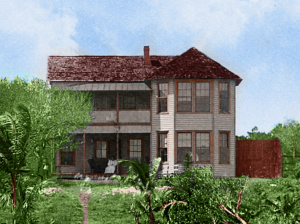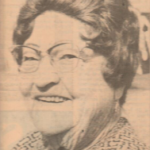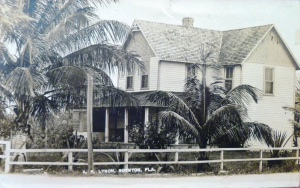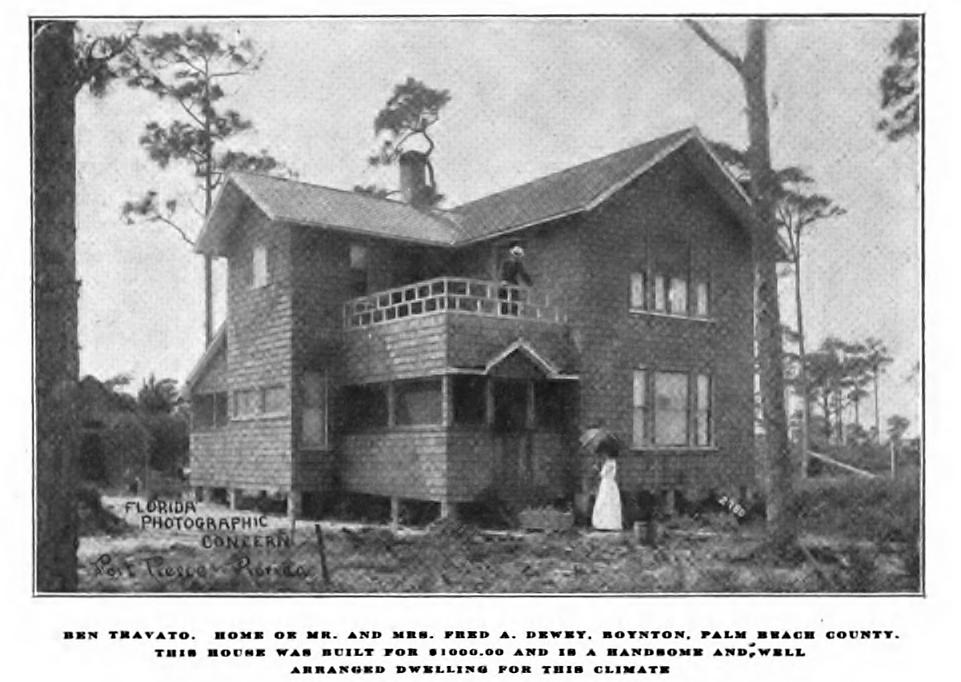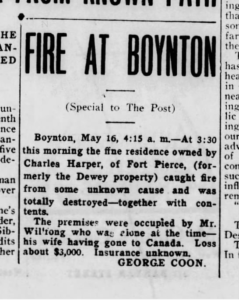The story of Knollwood Groves begins in the early 1930s when the land was owned by Frederick Foster Carey and called Papaya Groves, Tranquility Farm. In 1933, the property was sold to Kenneth G. Smith, a Chicago businessman and president of the Pepsodent toothpaste company. Initially, Smith named the property the Amos and Andy Farm to align with Pepsodent’s sponsorship of the popular Amos and Andy radio show.
However, when the sponsorship ended, Smith renamed the property Knollwood Groves. Under its new name, Knollwood Groves flourished as a citrus grove and tourist destination, attracting visitors with its citrus tours, train rides, alligator wrestling shows, and a recreated Seminole Indian village. It was also known for its iconic apple pies, fresh-squeezed orange juice, and the unmistakable scent of orange blossoms that filled the air along Lawrence Road.
Knollwood Groves remained a beloved Boynton Beach landmark until 2005, when it closed due to increasing development pressures and the challenges of maintaining agricultural land in a growing urban area. The property was eventually sold and redeveloped into the Knollwood residential community.
Despite its closure, the legacy of Knollwood Groves endures in the fond memories of those who visited, worked, and grew up in Boynton Beach, offering a nostalgic glimpse into Florida’s agricultural past.
The following memories were compiled from posts made at the Boynton History Facebook page:
Knollwood Groves was more than just an attraction on Lawrence Road—it was a beloved part of Boynton Beach’s history, filled with sights, scents, and experiences that left an indelible mark on generations.

“Knolly,” Knollwood Groves’ mascot painted on the side of the tram that transported visitors through the farm and old Florida hammock
The sweet, heady fragrance of orange blossoms greeted visitors, evoking a sense of joy and nostalgia. For many, it was a favorite destination for school field trips. First graders would marvel at the vibrant groves, with the tractor tour guide’s voice echoing phrases like “sweet carambola” during the tram rides. The trips were an annual tradition, offering wholesome fun and hands-on learning about citrus farming.
Knollwood’s famous apple pies were a highlight for many, their taste cherished long after the grove closed. Some still wish they had the recipe. Families visited regularly to pick up fresh fruit, homemade fudge, and even discounted “day olds” for juicing at home. Driving down Lawrence Road, the air filled with the aroma of oranges, was an experience in itself.
For locals, Knollwood Groves was also a workplace. In the 1960s, fruit packers, including one visitor’s mother, carefully prepared citrus for shipping. Others, like a sibling duo, assembled shipping boxes after school. In the 1970s, kids worked there, sneaking fresh oranges on occasion and feeling a deep connection to the land.
Memories of Martin Two Feathers, who performed alligator demonstrations and drove the tram, add a lively human touch to the grove’s story. It wasn’t just a place to buy fruit; it was a gathering spot where families bonded over fresh produce, apple pies, and the sights and sounds of a simpler time.
Knollwood Groves is missed by those who grew up in Boynton Beach, its legacy carried in fond recollections of orange-scented roads, school trips, and moments shared with loved ones.



